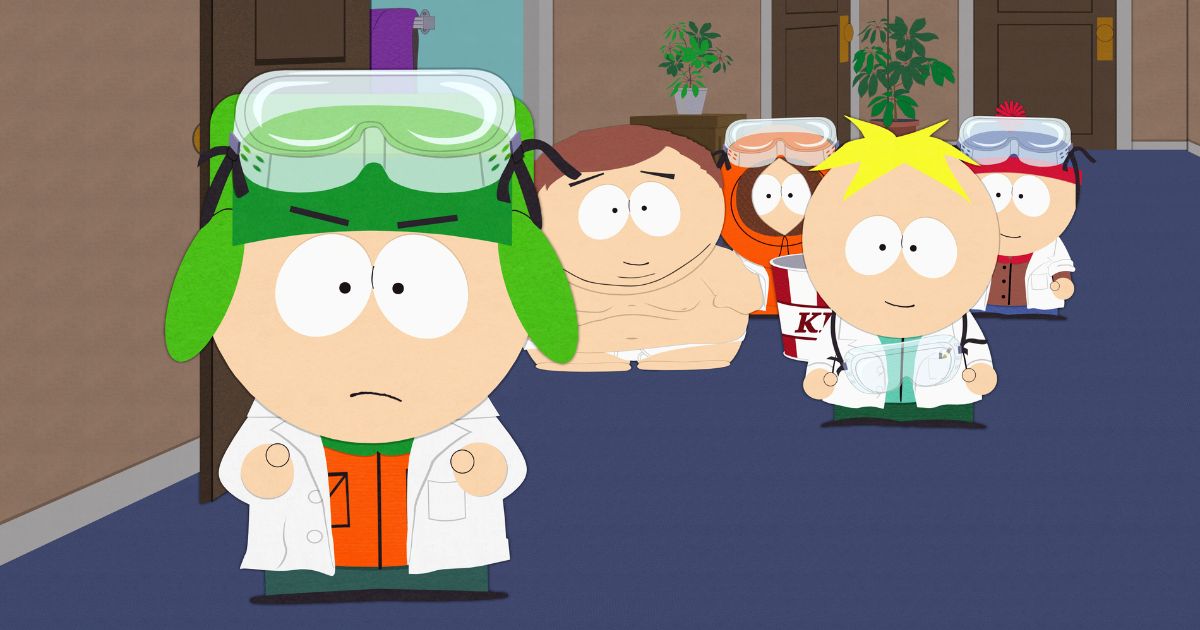First-ever sighting of invasive Yellow-Legged Hornet in US.
Scientists Discover Invasive Yellow-Legged Hornet in the United States
Exciting news from the Georgia Department of Agriculture (GDA)! They have just made a groundbreaking discovery – the first live specimen of an invasive yellow-legged hornet species in the United States.
In collaboration with the U.S. Department of Agriculture (USDA) and the University of Georgia (UGA), the GDA announced on Aug. 15 that a beekeeper in Savannah, Georgia spotted an unusual-looking hornet on his property earlier this month. The beekeeper promptly reported it to the GDA, who confirmed on Aug. 9 that it was indeed a yellow-legged hornet.
This finding has raised concerns among experts. Georgia Agriculture Commissioner Tyler Harper emphasized the potential threat this invasive species poses to honeybees and other native pollinators, which are vital for the agriculture industry.
“This is a significant threat to Georgia agriculture,” warned Mr. Harper during a news conference on Aug. 15. He emphasized that if this invasive species establishes itself in the state, it could have devastating consequences for agriculture as a whole.
“American farmers grow more than 100 different crops that require pollination,” he explained. “According to USDA estimates, pollinators contribute over $18 billion in revenue to U.S. Crop Production every year, and approximately one-third of the food consumed by Americans comes from crops that require pollination. Many of these crops are grown by Georgia producers, including apples, blueberries, and watermelons, just to name a few.”
Mr. Harper urged Georgians to document and report any hornet sightings to their local extension office or the GDA. However, he also cautioned that yellow-legged hornets can be dangerous, and advised people to exercise caution if they encounter one.
“Georgians play an important role in helping the GDA identify unwanted, non-native pests, and I want to express my gratitude to the beekeeper who reported his sighting to us, as well as our partners at the University of Georgia and USDA’s Animal & Plant Health Inspection Service for their swift confirmation,” Mr. Harper expressed his appreciation.
“Our experienced team of professionals will continue to assess the situation and work closely with USDA APHIS and UGA to trap, track, and eradicate the yellow-legged hornet in Georgia,” he added.
About the Yellow-Legged Hornet
The yellow-legged hornet, described by the GDA as a “social wasp species,” is native to tropical and subtropical regions of Southeast Asia. It has also established itself in various parts of Europe, the Middle East, and Asia where it was not originally found.
These insects construct egg-shaped paper nests, often in trees above ground, which can grow large and accommodate up to 6,000 worker hornets.
While no nests or colonies have been located yet, scientists are uncertain about the hornets’ population size. The GDA has not disclosed how long they suspect the insects have been present in Georgia.
Dr. Keith Delaplane, a honey bee expert at the University of Georgia, described the yellow-legged hornet as a “voracious predator” of honey bees. However, he assured that the insect does not pose a threat to humans.
“In terms of epidemiological health risks to Americans, the risk is relatively low when considering data from China. In the United States, we have about 72 deaths per year from all stinging insects combined,” Dr. Delaplane explained. ”So, from a public health perspective, this is not a major concern.”
Dr. Delaplane also pointed out that the yellow-legged hornet is sometimes mistaken for its relative, the Asian giant hornet, also known as the “murder hornet.” The Asian giant hornet is another invasive species that was discovered in North America in 2019.
The Asian giant hornet holds the title of the world’s largest hornet species, with queens growing up to 2 inches in length. However, Dr. Delaplane emphasized that yellow-legged hornets are equally harmful to native pollinators due to their ability to rapidly kill domestic honeybees and other hornet species.
“It is often referred to as the bee hawk for good reason,” he concluded.
" Conservative News Daily does not always share or support the views and opinions expressed here; they are just those of the writer."





